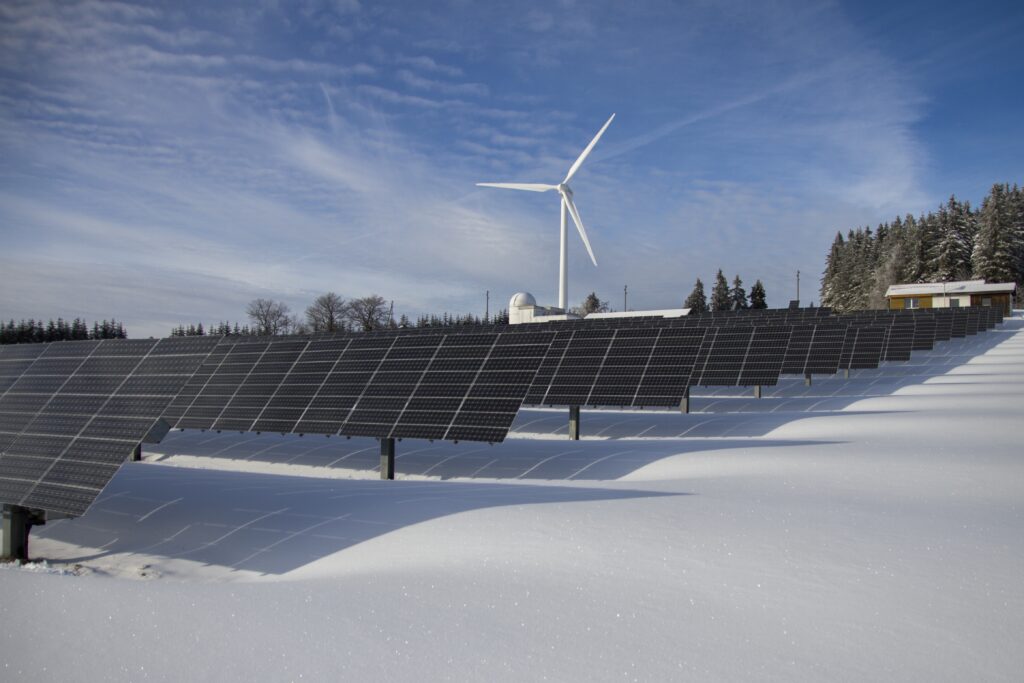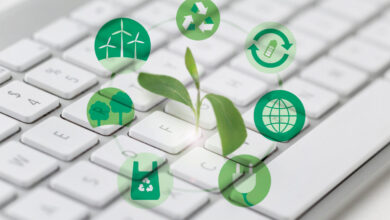How Technology Can Build Climate Resilience

Discover the latest advancement in technology that is driving climate resilience in sectors such as energy, infrastructure, agriculture, and transportation.
The world is facing a serious challenge in the form of climate change. The effects of global warming are being felt all over the planet like rising sea levels, extreme weather events, melting ice caps, increased drought, and longer heat waves. Climate resilience refers to the ability of a system or community to withstand, adapt to, and recover from the impacts of climate change. Technological innovations can play a key role in building climate resilience by providing tools and solutions to help mitigate the effects of climate change.
Scaling Existing Clean Energy Solutions

Renewable energy sources such as solar, wind, and hydropower are becoming increasingly cost-effective and efficient, making them more attractive alternatives to fossil fuels. The shape of wind turbine blades is already being optimized and wind-energy production is being forecasted using AI models, to manage the unpredictability of supply and demand fluctuations. At the same time, manufacturers are utilizing 3D printing to produce lighter and larger surface area solar panels, enhancing efficiency and reducing the cost of solar power. Advancements in 3D printing and AI will play a crucial role in taking advantage of these existing sources of clean energy.
Advanced Energy Storage System
Advances in energy storage technology are also contributing to climate resilience. Energy storage systems can help balance the irregularity of renewable energy sources, providing a reliable source of power even when the sun isn’t shining or the wind isn’t blowing. Energy storage systems can also provide backup power during extreme weather events, helping communities to remain resilient in the face of climate change.
Improving Infrastructure with Technology
Climate-resilient infrastructure is designed to withstand the impacts of climate change, such as flooding, extreme weather events, and sea level rise.
5G and IoT
Data communication networks have the potential to improve data collection from cloud-connected devices and existing sensors. By doing so, they can enhance climate modeling processes, leading to more precise strategies for climate resilience.
AI and Machine Learning
Relevant data patterns have the ability to identify problems and opportunities that may not be apparent to the human eye. These include the detection of warning signs, the automatic deployment of response systems, and the management of renewable energy solutions.
Blockchain
Distributed ledger technology, specifically blockchain, can enhance transparency in disaster response and communication. These technologies can facilitate analysis and accountability in supply chains, environmental compliance, and energy systems.
Cloud Computing
The processing power is crucial for strengthening response efforts. Cloud computing services offer affected countries and technology companies the capacity to rapidly implement response measures and communicate with people in affected areas.
Floating City
This concept involves building cities on floating platforms that can rise and fall with the water level, providing a sustainable solution to sea level rise.
Technology in the Agricultural Sector
Climate change is expected to have a significant impact on food security, with changing weather patterns and increased frequency of extreme weather events posing a threat to crops and livestock. Precision agriculture and drought-resistant crops are two technological innovations in the agricultural sector to improve productivity and resilience.
Precision Agriculture
Precision agriculture uses sensors and data analysis to optimize crop growth and reduce resource waste, such as water and fertilizer. Precision agriculture can help farmers adapt to changing weather patterns, improve crop yields, and reduce the environmental impact of agriculture.
Drought-resistant Crops
Drought-resistant crops are designed to withstand water scarcity, a common problem in many parts of the world due to climate change. By developing crops that can thrive in arid conditions, farmers can reduce their reliance on irrigation and improve their resilience to changing weather patterns.
Technology in the Transportation Sector
The transportation sector is a major contributor to greenhouse gas emissions, and reducing emissions from transportation is crucial for mitigating the effects of climate change. Electric vehicles, in particular, are becoming increasingly popular as the technology improves and the cost decreases. Electric vehicles produce zero emissions and can help reduce the carbon footprint of transportation. Autonomous vehicles can also help reduce emissions by optimizing driving routes and reducing congestion, while alternative fuels such as biofuels and hydrogen can provide low-emission alternatives to traditional fossil fuels.
The Bottom Line
In conclusion, technological innovation is playing a crucial role in building climate resilience and a sustainable future. It is important to note that technological innovation alone is not enough to solve the climate crisis. Political will, public engagement, and policy interventions are also necessary to support and accelerate the adoption of these technologies. Furthermore, equitable access to these technologies must be ensured, particularly for vulnerable communities that are most affected by climate change.
Many brands are going plastic-neutral with the help of The Disposal Company to mitigate the effects of climate change caused by plastic pollution. Click here to contact us.




